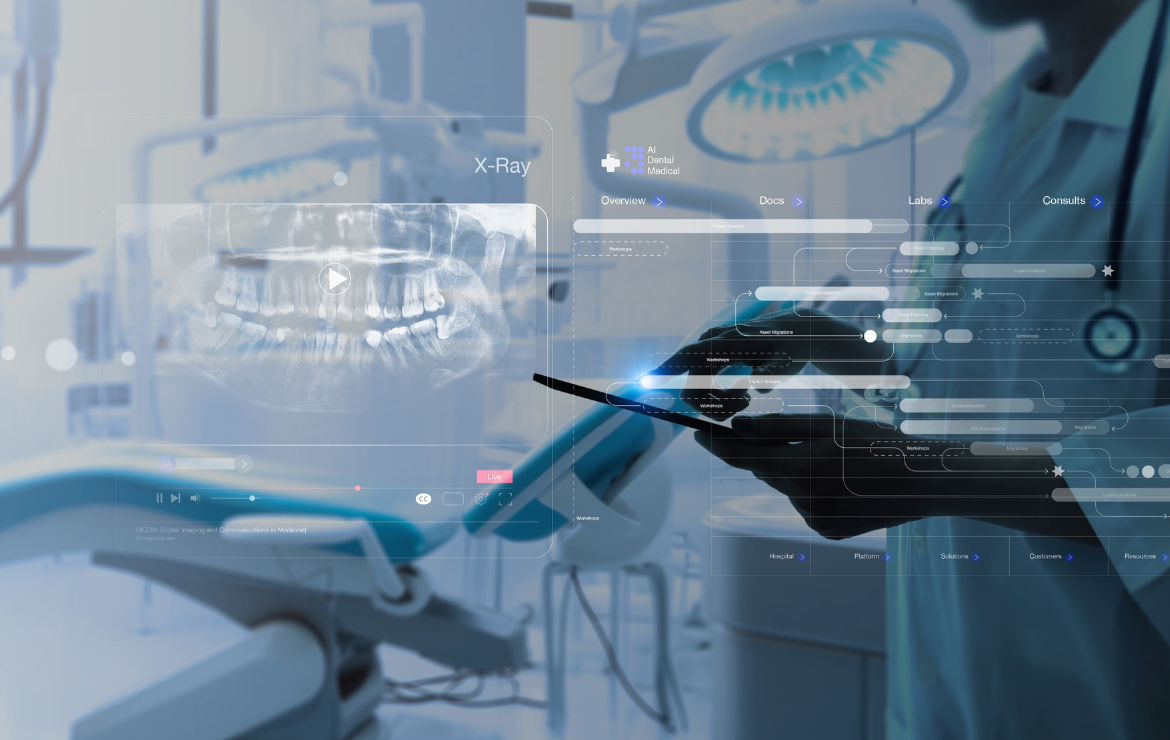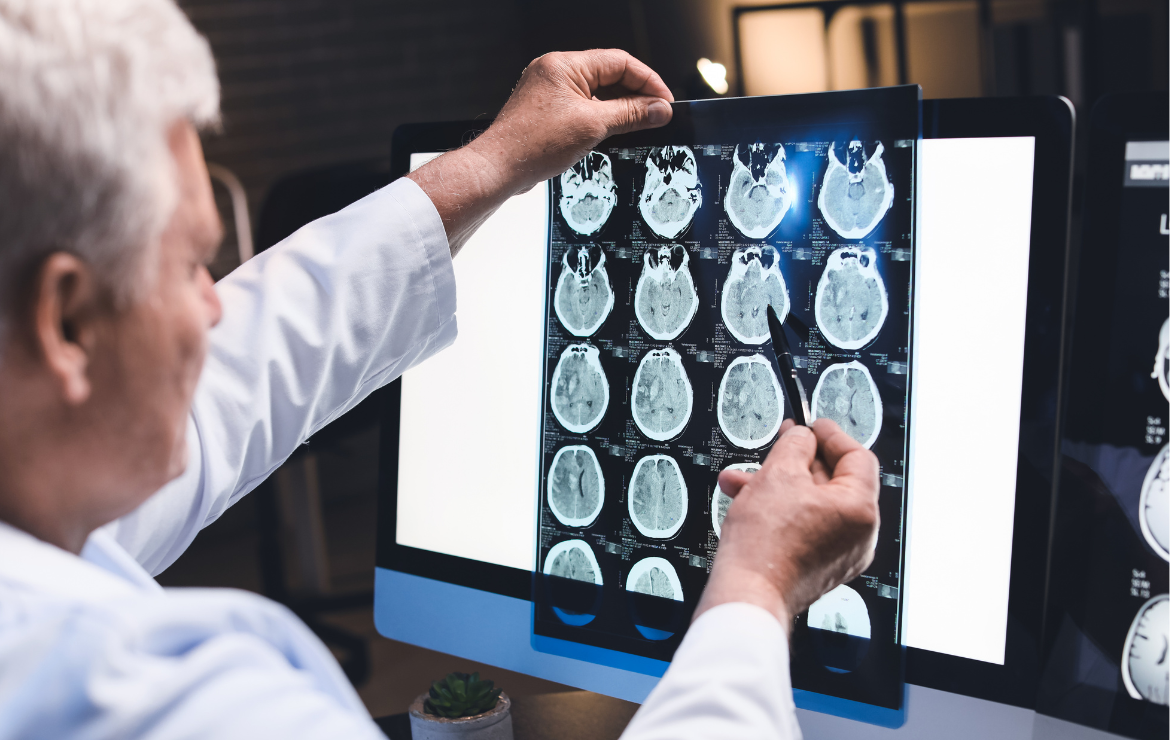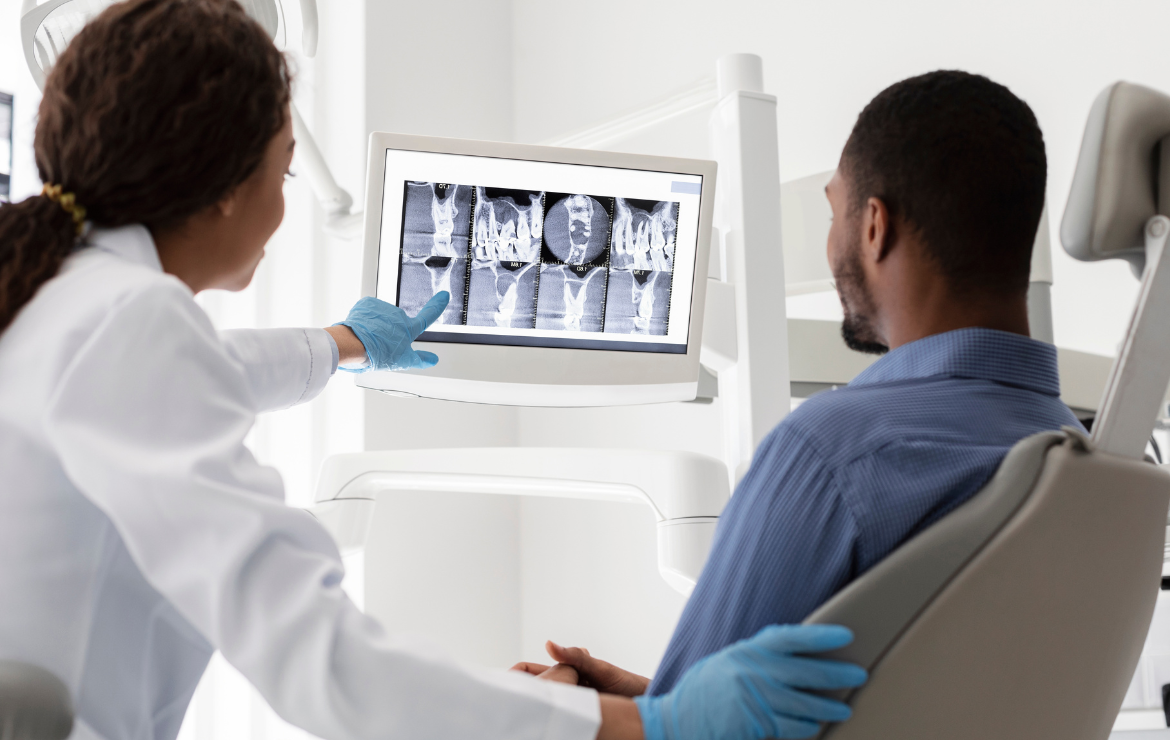Harnessing AI In Work Comp Dental Claim Management

 By: Leane St. Peter, CEO at Workforce Dental Solutions
By: Leane St. Peter, CEO at Workforce Dental Solutions
In the evolving landscape of dental care, artificial intelligence (AI) is making significant strides in reviewing treatment plans, particularly for occupational injuries. This article delves into AI’s potential to align treatments with injury specifics, safeguard payers, and ascertain the precision and necessity of dental treatments.
It’s crucial to ensure that dental treatments accurately match the specifics of occupational injuries through review. However, when these reviews are missing, it can result in payers having to cover unnecessary costs. This is where Artificial Intelligence (AI) coupled with a seasoned dentist steps in, offering a transformative solution to this challenge.
The Role of AI in Dental Treatment Plan Review
The integration of AI into dental treatment plan reviews is a game-changer. By harnessing machine learning and a vast database of dental case histories, AI can evaluate treatment plans for their relevance to specific injuries. For instance, AI can discern when a minor dental injury is met with an overly extensive treatment plan and suggest more suitable and cost-effective alternatives. This ensures optimal patient care and financial prudence for payers. The risks associated with non-clinician review include over-treatment and under-treatment. Over-treatment can lead to unnecessary procedures for patients and increased costs for payers. On the other hand, under-treatment can compromise patient care and potentially worsen their condition.
MTI’s dental program, powered by Workforce Dental Solutions, harnesses AI for dental treatment review. Our Dental Director, Dr. Maria Kunstadter, DDS, and her team of dentists use AI to evaluate the accuracy and necessity of dental treatments. This tool allows her team to review treatment plans efficiently, ensuring their relatedness, appropriateness, and cost-effectiveness. Proprietary AI technology assesses dental risks and validates treatment necessity. The process begins with X-ray uploads, followed by an AI evaluation of recent injury-related dental anomalies. Dr. Kunstadter’s review enhances the accuracy of the treatment plan’s relevance to the injury.
In conclusion, AI’s role in dental treatment plan reviews is a promising development for ensuring treatment appropriateness, especially concerning occupational injuries. AI facilitates a thorough and efficient review process, helping to avoid unnecessary payer costs and guaranteeing suitable patient care. As AI continues to evolve, its significance in dental care is set to increase. To illustrate, consider a case where AI could identify areas not work-related due to its ability to determine the age of a condition in the mouth. This capability of AI helps avoid unnecessary treatments and costs, further emphasizing the importance of AI in dental treatment reviews.










